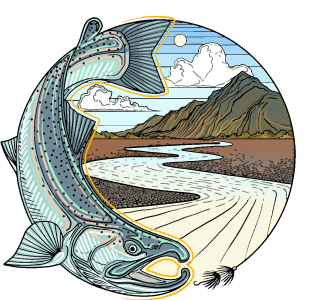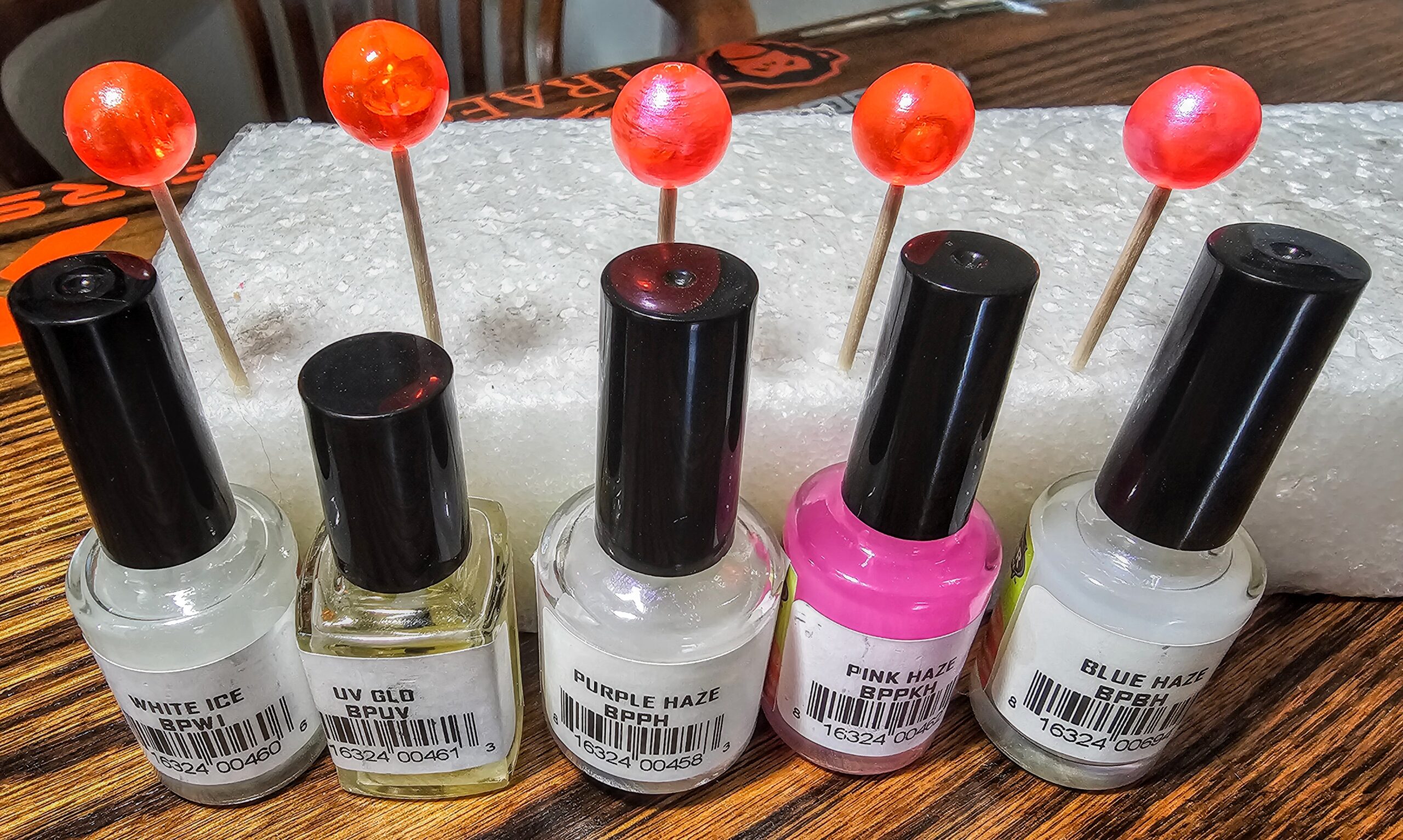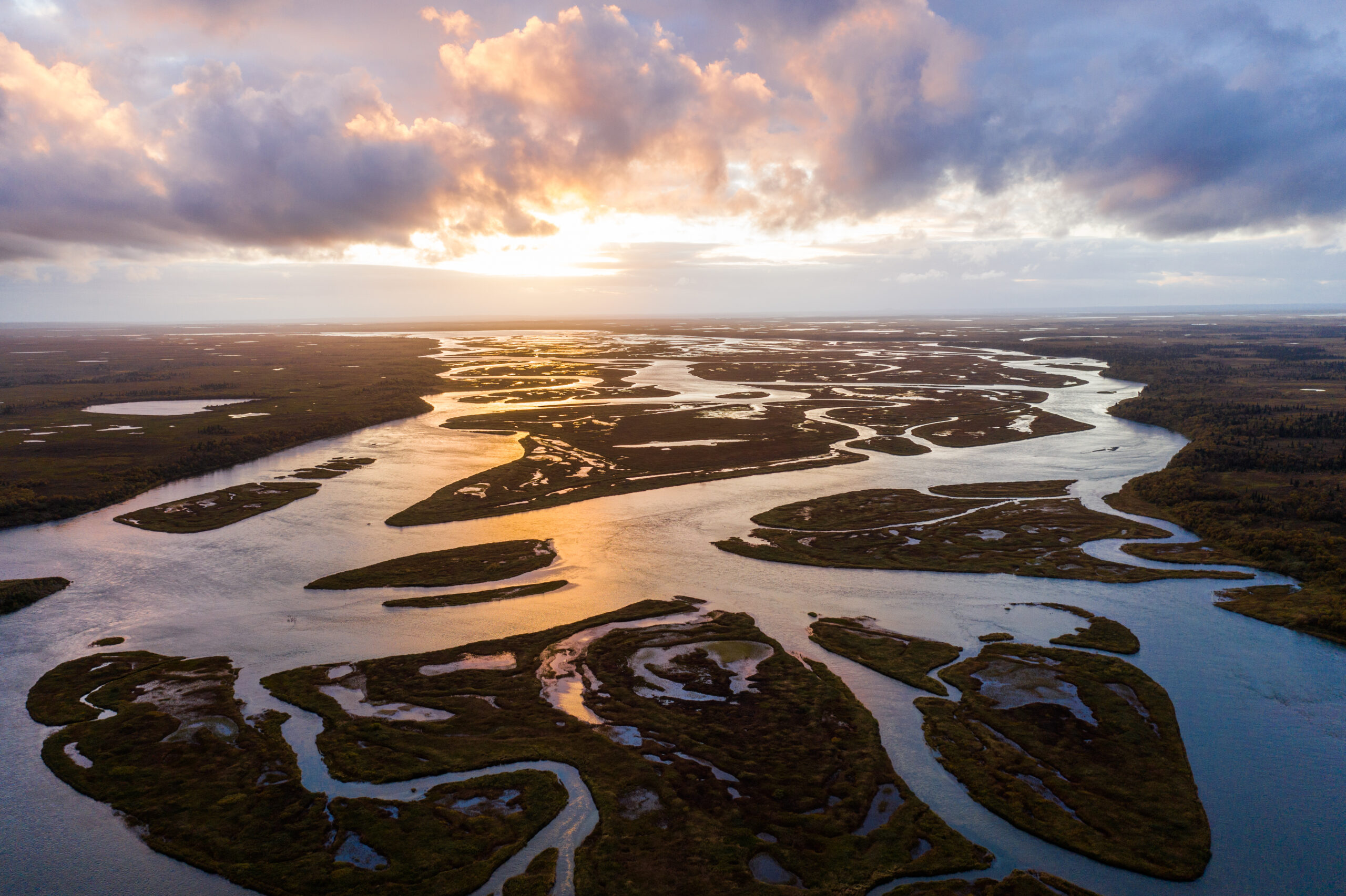
It’s hardest in the beginning: often cold and wet, but that is part of the challenge and fun of a do it yourself float trip. There are kinks to stretch out, a dry throat, and yeah, pull that jacket on – it’s a lot colder out here than in the tent. That being said, there’s a bit of hero at play here, too; nobody wants to take these first steps, but you’re going ahead anyway. You take a whizz, shuffle over to the fire pit, and - if you had the foresight the night before - begin to pile the pre-gathered tinder and kindling for a fire. Get the water heated; reach for the coffee bag; ignore that whiskey bottle, for a while…
There’s a heavy splash in the river downstream, followed by a rapid cadence of more splashing. You look up to see a cow moose prancing across the river, leading the way for her skinny newborn calf. The adult is an enormous, powerful animal in her prime; she’s oblivious to you until she catches the scent of your campfire. Stopping abruptly in mid-stream, the moose turns to glare at you. Hackles rise on her neck; she blows air out of her bellows-sized lungs, shaking her head from side to side. You talk to her - calmly: “I know; I know…I’m ugly. I stink. But I promise I’m not here to hurt your calf. It’s OK, really... it’s OK.” It takes her longer than you’d think, but she eventually senses it’s best to move off, pushing the calf in front of her, up the riverbank and into the willows.
The coffee water is boiling now. By the time you hear your buddies groan and make their moves out of the tent, you’re relaxed and warm near the now-roaring fire. They join you; you offer them a hot mug-up, and because they’re good guys they won’t forget this gesture. Your turn will come tonight, when you relax with a drink or take a few extra casts while they prep the dinner. It’s all part of the drill; we all take our turn out here, part of the allure of a do it yourself float trip.
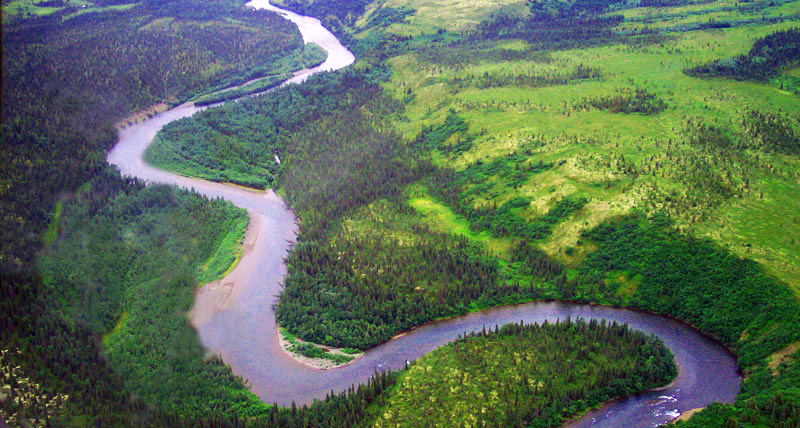
How would you go about doing a trip like this? As with most excursions, a float trip in Alaska starts with a choice between a fully guided or do-it-yourself (DIY) trip. And within the category of DIY, you need to decide whether you want to do it entirely on your own or use an outfitter to provide not only your backcountry transportation, but also to rent you boats and equipment.
Where should you go? How do you choose a float trip that provides what you’re looking for? The Alaska Fly Fishing Goods web site contains excellent sections addressing these questions, so we’ll direct you there. But basically, your considerations will be a balance of the length of your trip, the cost, the time of year, fish species you want to pursue, and the geographic region in Alaska. Don’t be overwhelmed, though; there are no bad choices, just lots of really, really good trips to be had. If you’re like us, you’ll form a bucket list and try to do ‘em all before cashing in your life chips.
Regardless of whether you go DIY or guided, your trips will probably be based out of one of the major fishing and outfitting hubs around the state - places like King Salmon, Dillingham, Bethel, Aniak, Kotzebue, or Anchorage. From these towns, you’ll pack your gear into small planes to fly into the boondocks. That’s where the trip really starts; no matter how many times we do it, we’re still impressed by the sense of awe and isolation we feel when the bush plane finally departs after leaving us on a dusty gravel bar in the middle of nowhere.
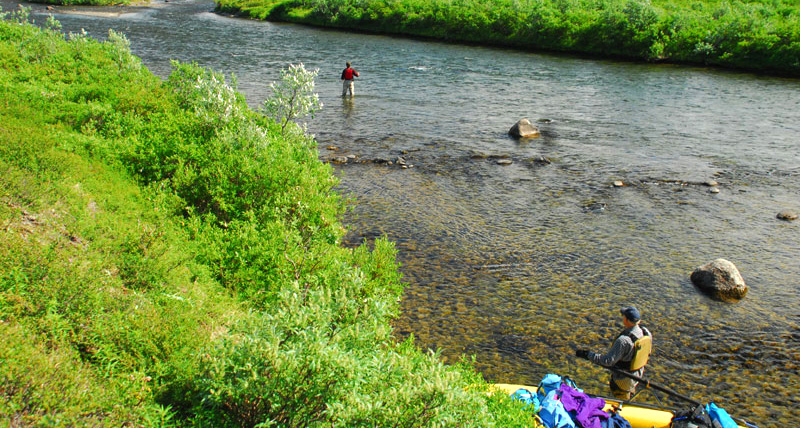
If a guided trip works out best for you, there are several experienced and reputable float-fishing companies in Alaska, and a trip with them will not only be enjoyable, but it will also be an eye-opener on how to run a complex and successful float-fishing safari. On a guided trip, you can expect top-notch equipment, expert help on the river, and the benefit of having all the organization and trip logistics taken care of. For your reference, we’ve listed some recommended companies at the end of this article.
If you’re inclined to do a trip on your own, you’ll have to put in the time to work out all the details, but one obvious advantage is cost: if you have the requisite outdoor skills, a DIY trip will be considerably cheaper. And for some of us fish geeks, the planning and doing stages are part of the fun – we get jazzed with pre-trip anticipation when the details start to come together. Probably your biggest challenge will be to obtain a boat and figure out how to get it to the hub town where you’ll connect with your air charter. Most people who own boats will choose to air freight or even barge (cheaper) their equipment ahead of time. Oftentimes, you can ask your air charter guys to receive the goods for you and store it in their hangar until you arrive.
Whether you use your own boats, or you decide to rent boats from an outfitter, you’ll want to make sure you’ve inspected the craft carefully before departing. The repair kit should be well-stocked, and it should be appropriate for the material of the boat that you’re using. And – very importantly - you need to know how to use the tools and materials to make good repairs. Bring an extra oar and oar locks, and if you’re using an inflatable boat, make sure your inflator is in excellent condition – taking an extra is often a good idea.
On a DIY trip, your biggest expense will be your air charter. Bush flying is serious stuff, so shop around and ask for references. Choose an air carrier who has been in the business a long time - someone who knows the area you’re flying to, and who has a solid reputation. Ask about the payload of the airplane and pay careful attention not only to the weight but also the volume of your gear. If you don’t, you could end up leaving some of your belongings on the tarmac at the airport.

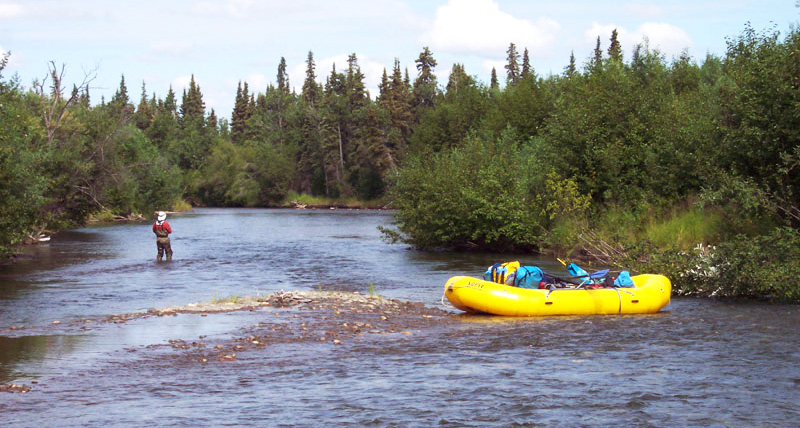
To help you, we’ve put up a list of personal gear that we take on a 7- to 10-day float trip. All this gear, plus your fishing equipment, should fit into a large, 45-pound dry bag and a daypack or small dry bag. Don’t worry - this is a comfortable list, and you won’t need more. You should leave your 6 changes of underwear, 5 extra fishing reels, flat-screen TV, and Swiss Army House (the one that folds out to a 2-bedroom, ranch-style bungalow) at home.
For those who want to put together a DIY trip, we’ve also provided our list of camp items - notwithstanding the equipment specific to the boats themselves. Keep in mind these lists are skewed toward a lengthy raft trip, where space and weight are not super-critical. We’ll pare things down, or swap for lighter, smaller gear when it makes sense. An example: on a 10-day, 2-boat raft trip with 5 people, we’ll bring a 2-burner Coleman stove for cooking, camp chairs, and a folding shovel; on a 4-day canoe trip with 2 guys, we’ll bring a backpack stove, Crazy Creek chairs, and a hand trowel.
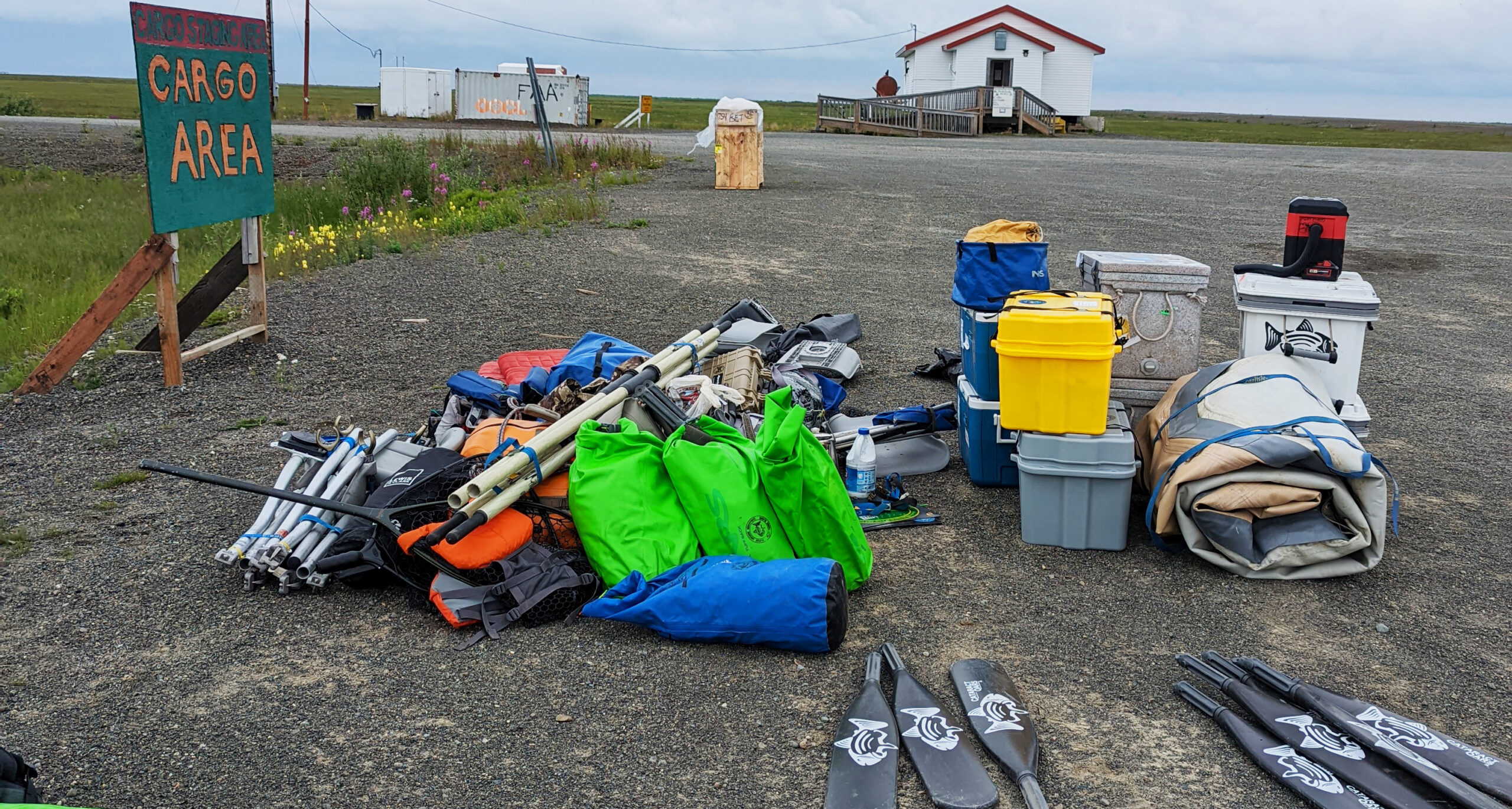
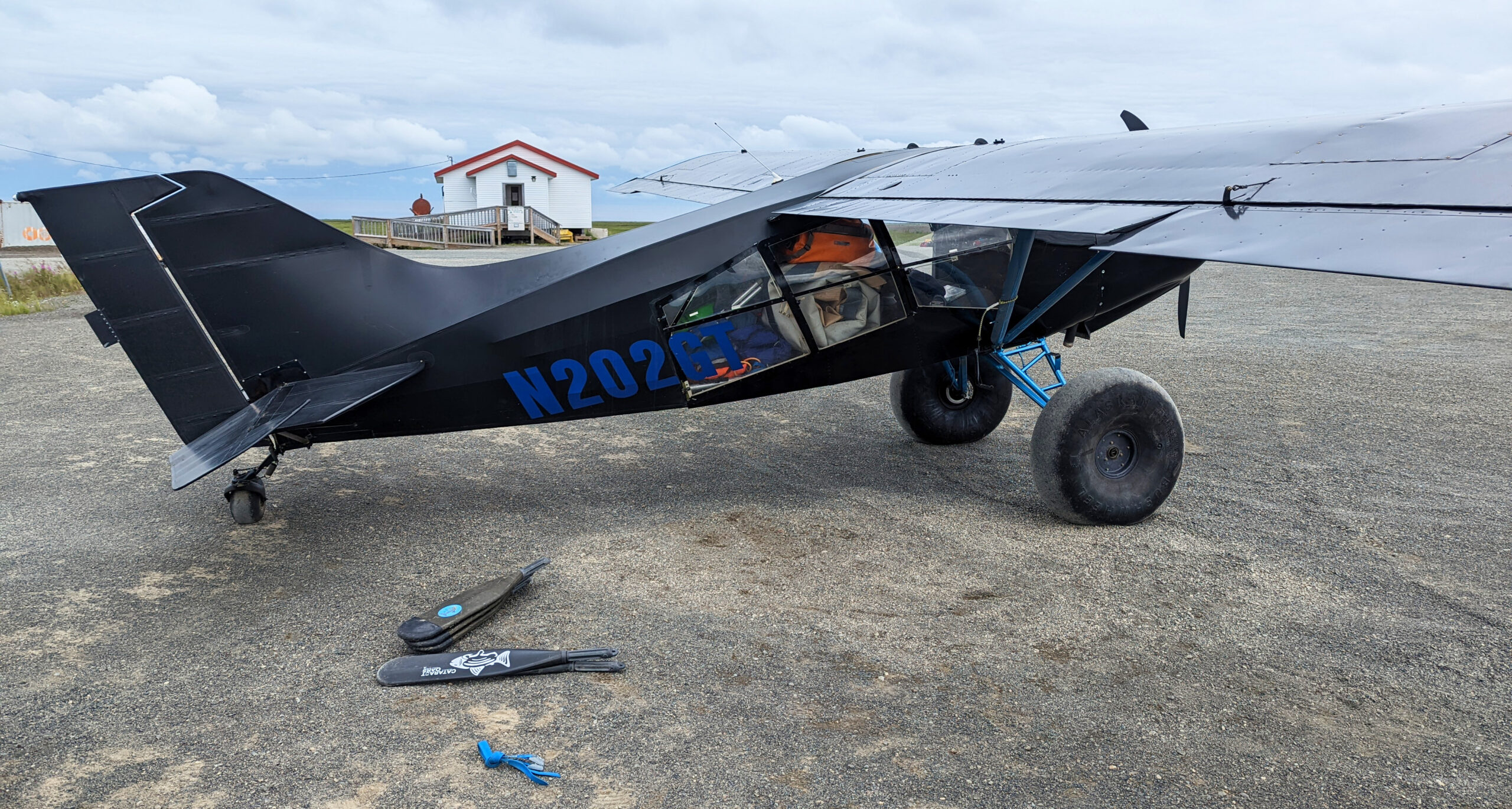
Apart from the lists, here are a few more suggestions, in no particular order of importance:
DON'T bring cotton clothing - not even your skivvies. There’s been a lot written on this, so we won’t elaborate on it. We just emphasize it because as they say in this part of the world, cotton kills!
Organize your personal gear in individual plastic or waterproof bags before stuffing it all in your dry bag. This will help keep your gear dry and will make it easier to stay organized (“dammit - where’s that other sock??”). Bring at least 1 extra plastic bag - if an article of clothing gets soaked, you can isolate it from the rest of your gear until you get a chance to dry it out. Most of your gear will be stowed in dry bags, but waterproof hard cases are best for stoves and stove fuel, and for cameras, optics, and electronic gear.
Rain gear: At some point during your trip, you’ll probably need rain gear. One endless and unresolved debate among Alaskans is what type of rain gear is appropriate: high-quality, 3-layer Gore-Tex garments, or PVC jackets and pants. Again, we won’t waste your time debating the respective merits here; instead, we offer that on extended trips we commonly take both: for windy weather and only mildly wet days, we’ll usually wear a lightweight, packable Gore-Tex or softshell jacket, but for interminable wet, cold rain we go to PVC garments. If we’re traveling light and we have to choose only one or the other, we’ll go with the bombproof PVC.
Have a back-up plan. You never know what variables will be thrown at you when you travel the backcountry - it could be weather, equipment breakdowns, or any number of other unforeseen events. To keep ahead of these curve balls, you should answer the following question: “What will we do if we can’t make it to our intended destination?” How much time will you spend fishing? Many Alaskan rivers are so productive you could spend an entire day on one small section of stream. But remember, you’ve got miles to cover, so go ahead and cherry-pick the best spots where you see a lot of fish. Often, the fishing at the extreme upper and lower sections of rivers isn’t as good, or simply isn’t as interesting, so you might want to take that into consideration. As a general rule however, you can count on covering 7 to 10 miles a day, mixing wade fishing with drift fishing. It’s always a good idea to put your overnight camps near some good water where you can fish in the evenings and mornings. Study your maps and use your GPS continually to plot your way downriver.
To sum up, in our opinion, float trips in Alaska combine the best of everything we look for when we’re chasing fish. It’s often the perfect mix of wilderness experience, travel, and angling that we love. If you’re planning a trip and need advice, or just want to swap stories, give us a call anytime.
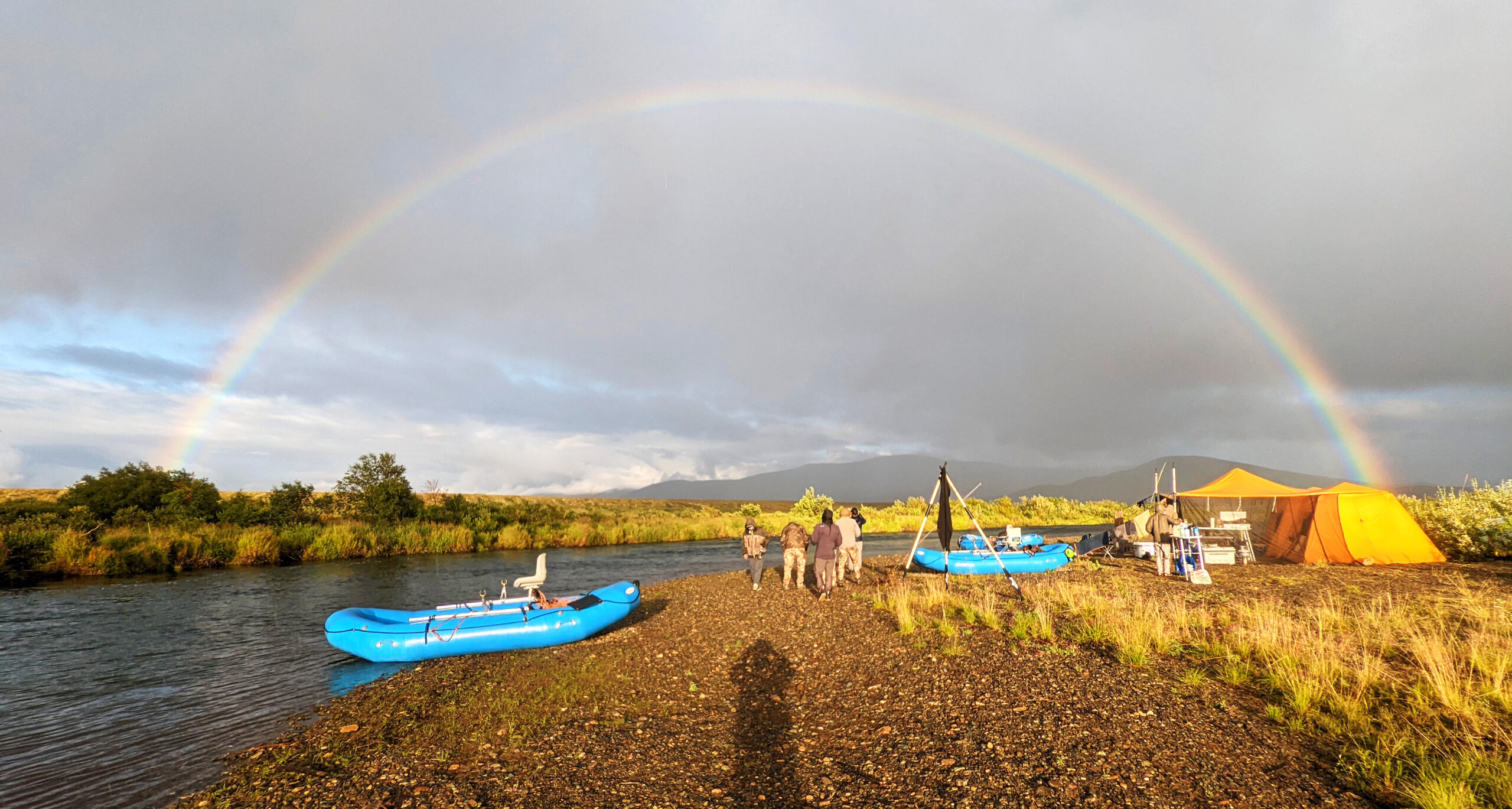
You see, this is more than a few days fishing. This is a do it yourself float trip, an expedition, a fishing voyage. It’s a journey that takes you through 80 miles of Alaska wilderness, on a river that begins deep in the interior mountains. Way up at its source, the flow starts as a small stream in a high alpine environment – a place open and treeless and spectacular in its raw beauty - then it gradually grows in size and volume as it cuts through the mountains, picks up tributaries, and eventually spills through wide forested valleys.
Ultimately, the river terminates in the cold surf of a bay in the Bering Sea, a place where salmon stage, fish bursting out of the water like popcorn before riding the high tide to start the passage that runs opposite of yours: upriver in the sparkling clear water that you’ve been descending for 10 days.
There are many layers to this experience. It’s a deep blend of fishing with outdoor living where the camaraderie of shared chores done well is part of the satisfaction. Along with the angling there is also a sense of exploration; there are memorable campsites, untouched scenery, abundant wildlife, and the experiences that come only from being on a river all day, every day. There are no schedules to keep, no outside or man-made influences. On this excursion you’ll see no other persons until you get to the salt water: no air traffic; no highway noise; no float tubers or jet skis. There are plentiful lake trout, grayling, Dolly Varden char, salmon, rainbow trout, and Northern pike.
The angling is good enough that you’ll often be content to rest and merely watch your partners catch fish. Still, these trips are not for everyone. Rowing the river, setting up camp, preparing your food – it makes for long days, and not all of it is easy time spent fishing. And living outdoors can yield intimate contact with cold rain, aggressive animals, and biting insects – you won’t put it all aside at the cocktail bar at the end of the day. You’ll sleep in a tent on a thin mattress, and you’ll get dirty. You’ll consume mountains of food like a hungry dog but will lose weight. You won’t necessarily come home well-rested. There’s a reason the number of comfortable fishing lodges in Alaska exceeds the number of float fishing companies.
For some of us, even though we may be fanatical fishermen, we still cherish – maybe even need - the total outdoor experience that goes with our angling. We’ll fish far-flung places simply to see them, and we’ll pursue species of fish just to hold them in our hands before releasing them. And we want to do this on our own terms, as close as we can to the natural environment where the fish are found. We float Alaskan rivers for the same reasons we’ve gone off on our own to slog through mangroves stalking bonefish, hunted snook from rented dugout canoes in canals in Central America, and taken horses into trout lakes in the Andes mountains. It’s all a journey, and we don’t care if we get dirty in the process.
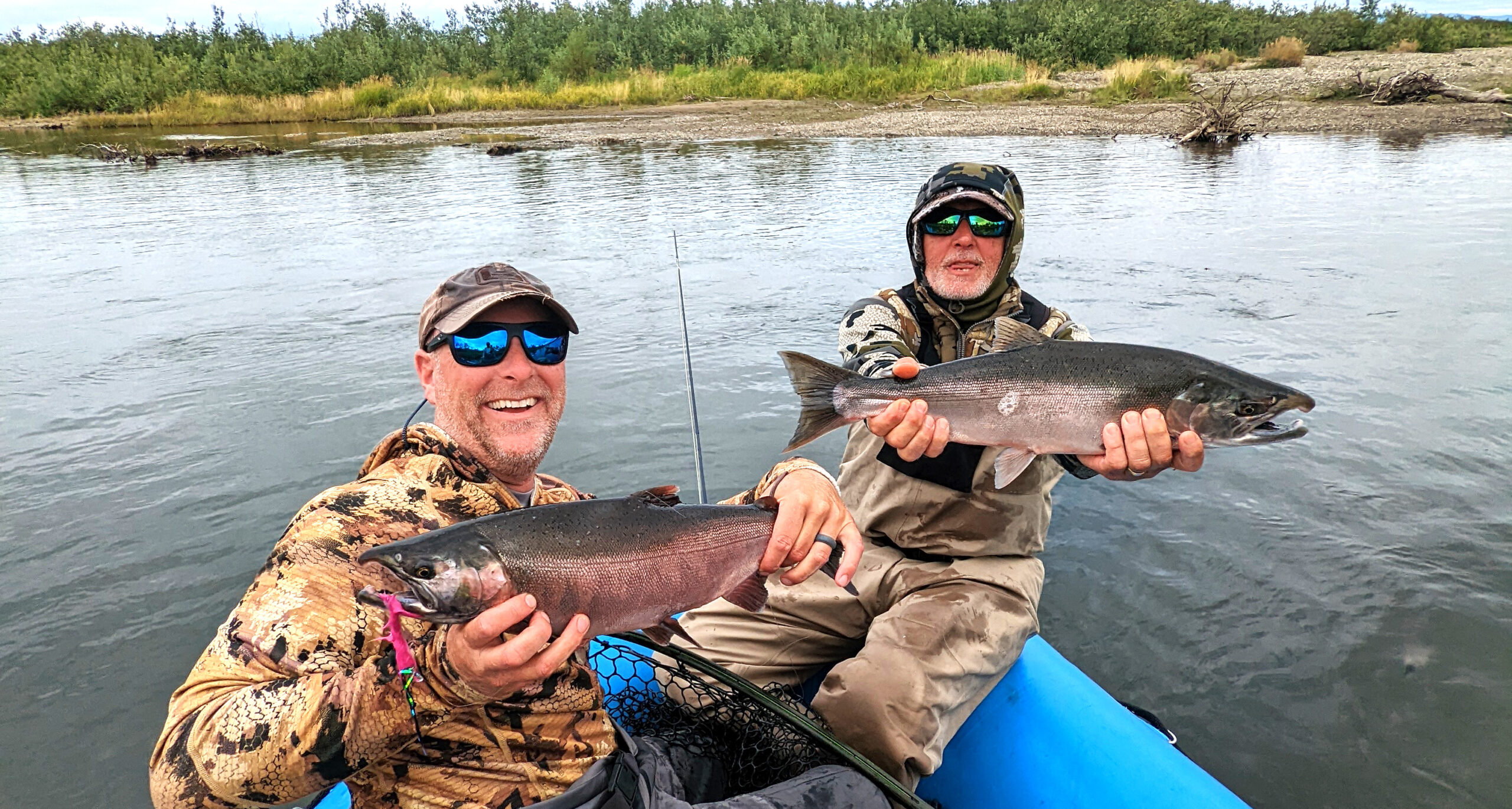
PERSONAL GEAR CHECKLIST
GROUP GEAR CHECKLIST
-Top Notch Float Trip Guides-
- Alaska Rainbow Adventures- Paul Hansen https://www.akrainbow.com/
- Frontier River Guides- Marty Decker https://www.frontierriverguides.com/
- Wild River Guides- Jon Jinishian http://www.wildriverfish.com/
-For the DIY Angler-
If you are wanting to take some of the hassle out of your float trip a guided option really is worth its weight in gold. The three outfits listed on the left side of the page are reputable, first-class guides and stewards of the rivers. If you are looking for more of a challenge a do it yourself float trip may be right for you! We can help point folks in the right direction as well as help outfit anglers with good gear (think appropriate rods, reels that won't explode, and waders/layers to help keep you warm and dry. Give us a call at 907-586-1550 or shoot us an email to: info@alaskaflyfishinggoods.com

